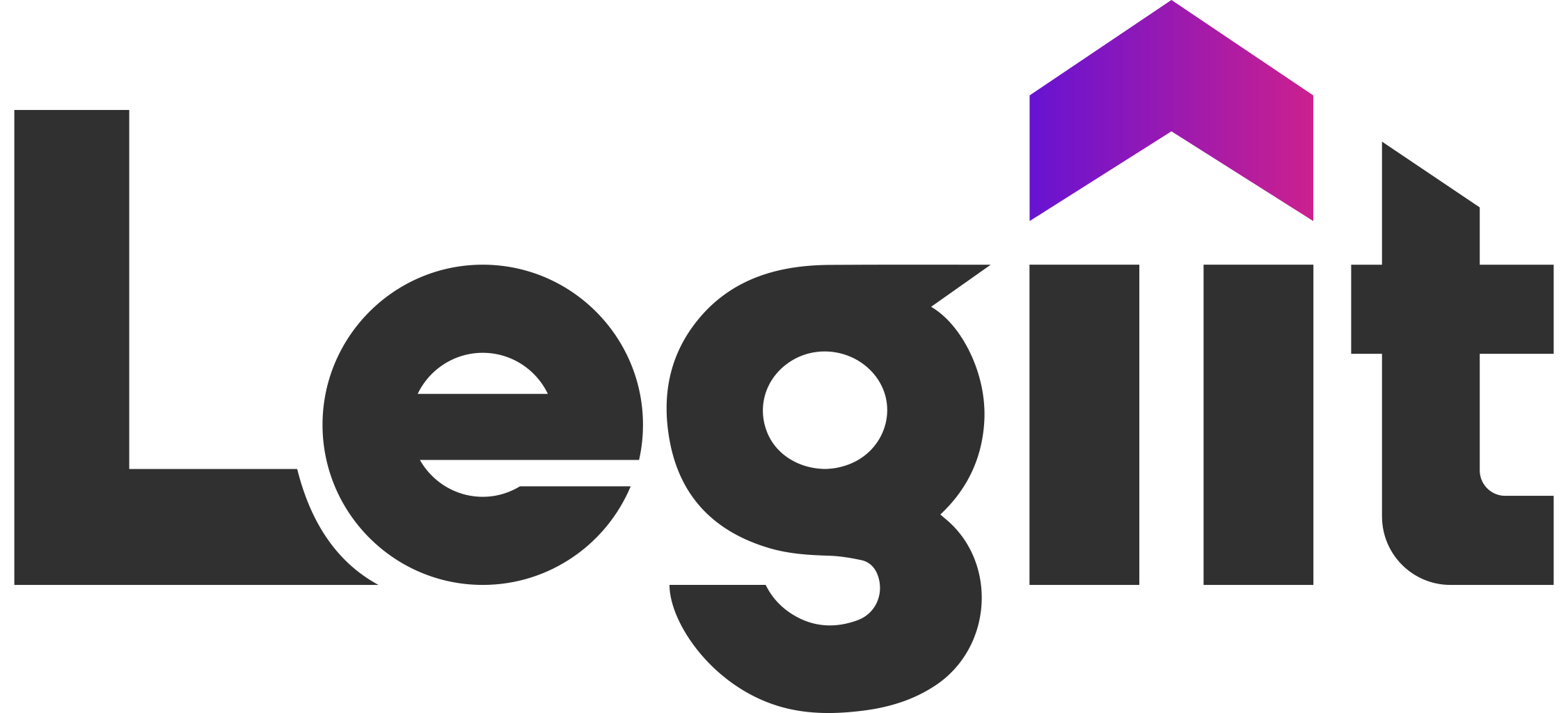Images are critical for showcasing products on e-commerce websites. This is because high-quality ecommerce images not only attract online shoppers but also help build trust and increase sales.
However, unoptimized images can slow down your site’s performance, leading to poor customer satisfaction and lower rankings in search results.
To strike the right balance between visual quality and fast page load times, e-commerce image optimization is essential. This guide will walk you through step-by-step practices for optimizing images on your e-commerce site.
Choose the Right Image Format
Selecting the right image formats is the foundation of image optimization for e-commerce websites.
For instance, JPEG images are best for detailed images like product photos because they offer good quality at smaller file sizes, while PNG images are ideal when you need transparent backgrounds or high-resolution images.
Choosing the appropriate file type ensures you maintain high-quality images while keeping image file size manageable for fast loading on web pages.
Image Compression and Resizing
E-commerce websites thrive on speed, and resizing your product images is key to reducing load time.
High-resolution images that are too large can drag down performance so you need to resize your images to fit the dimensions where they will appear on your web pages.
After resizing, compress images using smart lossy compression techniques or lossless compression, depending on your needs.
Tools like TinyPNG, ImageOptim, or other image optimization tools can help you achieve a balance between file size and maintaining image quality.
File Names and Alt Text Optimization
The names and alt text of image files play a vital role in search engine optimization.
So you should use descriptive file names that include relevant keywords to improve your product images' visibility in search results. For example, instead of naming a file “IMG1234.jpg,” use “blue-leather-handbag.jpg” to describe the product clearly.
Alt text is equally important for search engines and accessibility. When you optimize alt text for images, include detailed descriptions and relevant keywords so that your e-commerce images contribute to better search engine rankings and cater to visually impaired users.
Compress and Convert Images for the Web
Compressing images further can enhance page speed without sacrificing visual quality. If you’re using older formats like PNG files, you may want to consider converting them to modern formats like WebP. These formats reduce image file size while maintaining high-quality image output.
Additionally, it ensures your product images are optimized for both desktop and mobile devices, enhancing the shopping experience across all platforms.
Showcase Multiple Angles with Optimized Images
Online shoppers can’t physically touch or inspect your products, so detailed images showing multiple angles are vital for e-commerce success.
However, uploading multiple photos doesn’t mean you have to compromise page speed.
Its important to optimize images by resizing, compressing, and using the right file formats to keep page load times minimal.
Maintain Mobile Optimization
Mobile devices account for a significant portion of online shopping. To ensure your product images look great on smaller screens, optimize images for mobile.
Also use responsive design techniques to automatically adjust image size and resolution based on the device being used.
By optimizing pictures for mobile, you cater to the growing number of customers who shop via smartphones and tablets, improving your e-commerce site’s usability.
Create an Image Sitemap
For better search engine optimization, include an image sitemap for your e-commerce website.
An image sitemap provides search engines with detailed information about your images, making it easier for them to index and rank your e-commerce images in search results.
Test and Monitor Image Performance
Regularly test your site’s page speed using tools like Google PageSpeed Insights or GTmetrix.
Also monitor how your images impact load time and make adjustments if needed. If your files are oversized, you should consider compressing them to enhance your site's performance.
Continuously optimizing images ensures your e-commerce site remains fast and competitive.
Conclusion
E-commerce websites rely heavily on product images to drive sales and image optimization on e-commerce sites is crucial for boosting search engine rankings and achieving best results.
By choosing the right image format, resizing and compressing images with image optimizer tools, and adding descriptive image file names and alt text, among several other steps discussed in this guide, you can create optimized images that look great and load quickly.
You can then be sure that your ecommerce site will deliver the kind of seamless shopping experience that keeps online shoppers coming back.















 Download
Download